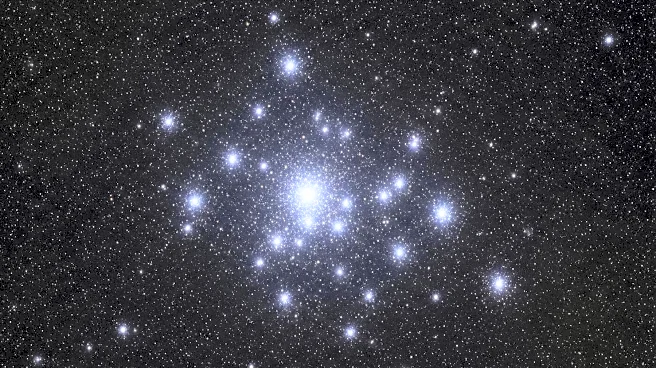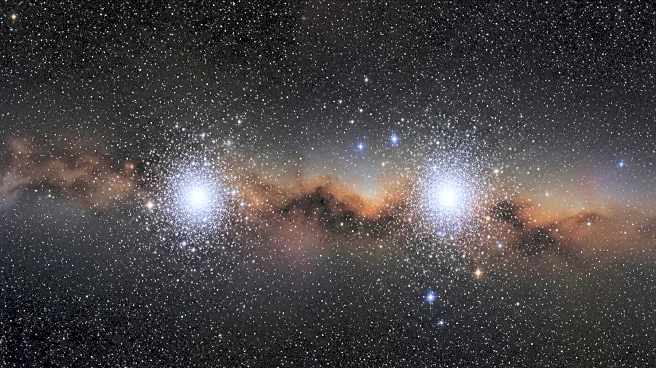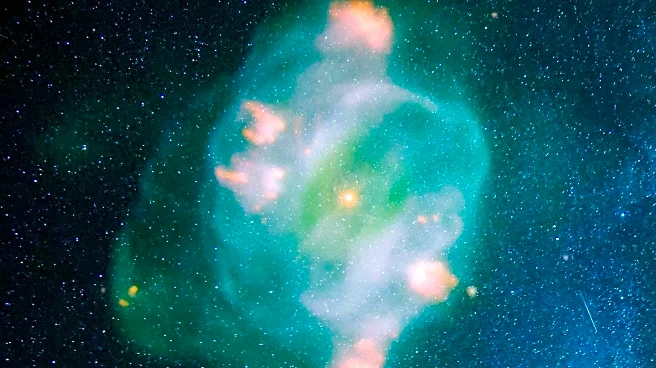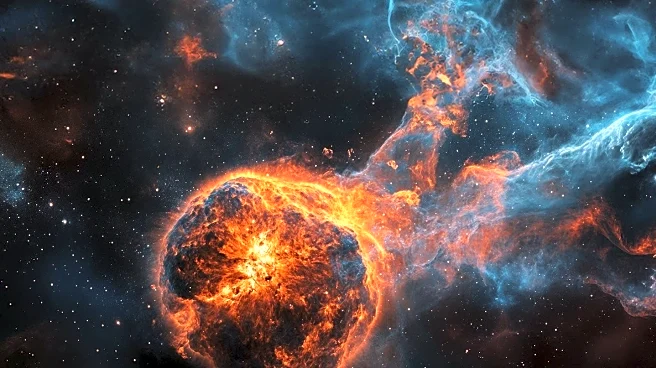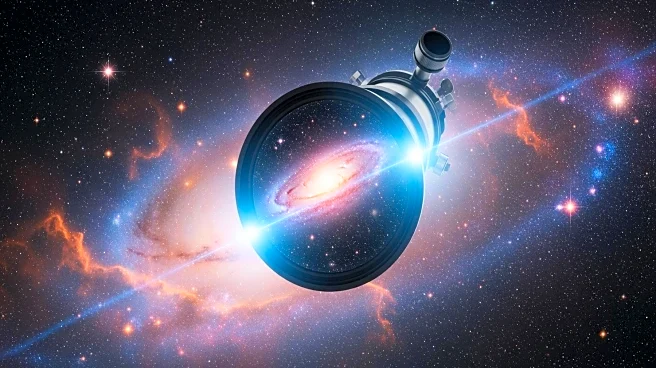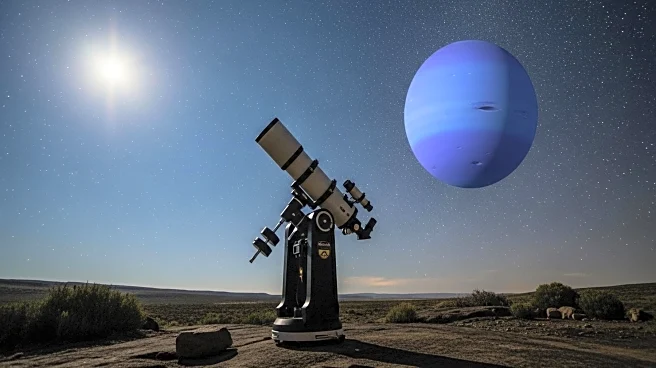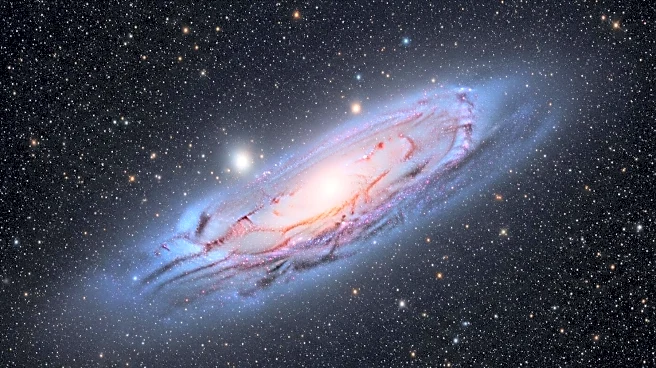What's Happening?
Astronomy Magazine has featured Omega Centauri, the largest known globular cluster in the Milky Way, in its latest article. Globular clusters are dense collections of stars bound by gravity, often located in galactic halos. Omega Centauri, visible to the naked eye, contains approximately 10 million stars and has a mass comparable to Sagittarius A*, the Milky Way's central black hole. The article also discusses other notable globular clusters such as M13, known as the Hercules Cluster, which is located about 26,000 light-years away. These clusters are readily observable through telescopes and present visually striking details and patterns.
Why It's Important?
The study and observation of globular clusters like Omega Centauri and M13 provide valuable insights into the structure and evolution of galaxies. These clusters are among the oldest structures in the universe, offering clues about the early stages of galactic formation. For amateur astronomers and astrophotographers, globular clusters present an opportunity to observe and capture some of the most visually stunning celestial objects. The accessibility of these clusters to amateur telescopes makes them popular targets for stargazing events and educational programs, fostering interest in astronomy and science.

